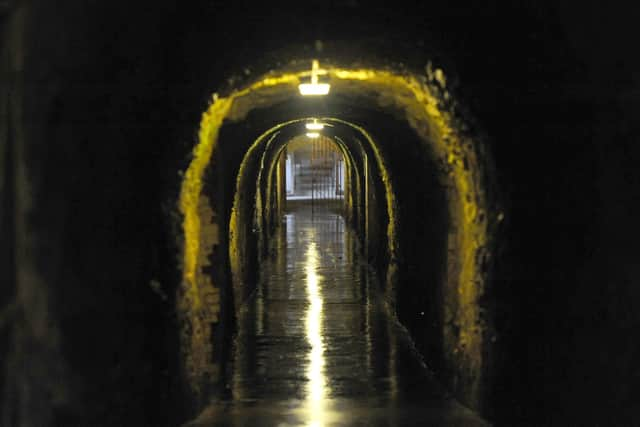A look inside and underneath Fort Nelson in Fareham
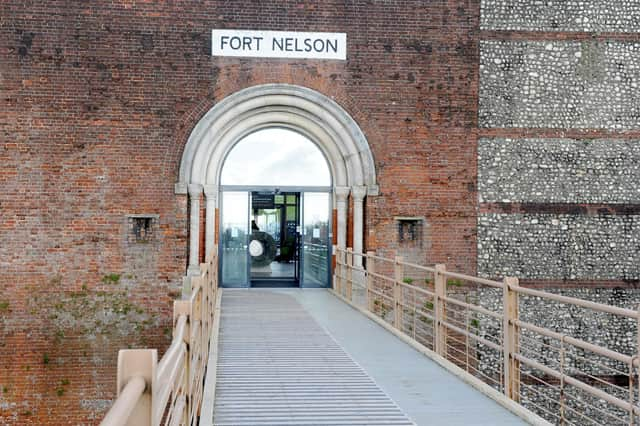

The fort first appeared above the city’s skyline in 1871 having been constructed by navvies in response to the growing threat of a French invasion.
Arriving in a blustery car park the panoramic vista extending across the city and out into the Solent makes it easy to picture the threat of an arriving flotilla of French warships which inspired the building of the aptly named fort.
Advertisement
Hide AdAdvertisement
Hide Ad‘Henry Palmerston, who was prime minister at the time, was growing increasingly concerned about the threat of a resurgent French Empire and the fact they had become the first nation to develop an ironclad warship – the La Gloire,’ says fort historian and public engagement manager, Lizzie Puddick.
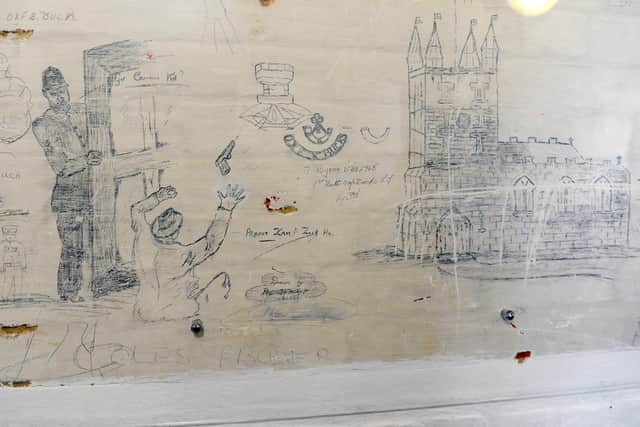

‘He ordered the building of Fort Nelson in the 1860s along with six other forts along the hill. The forts were designed to give it the firepower to stop the enemy capturing the vital naval stronghold of Portsmouth,’ she adds.
The fort was home to about 180 volunteer soldiers housed across nine barracks. While the regime was pretty strict – with 5am starts and daily marching and rifle drills – the conditions experienced by soldiers were ‘generally favourable’.
Lizzie says: ‘Life for the men in the forts was pretty good. While food was rationed it was generally wholesome and the fort was also the first place in Fareham to have running water for washing and drinking – they even had flushing toilets. At Christmas the cook would use some of the soldiers’ earnings to put on a feast.’
Advertisement
Hide AdAdvertisement
Hide AdThe fort also contained a two-wing hospital, prison cells and a number of cottages for officers and their families.
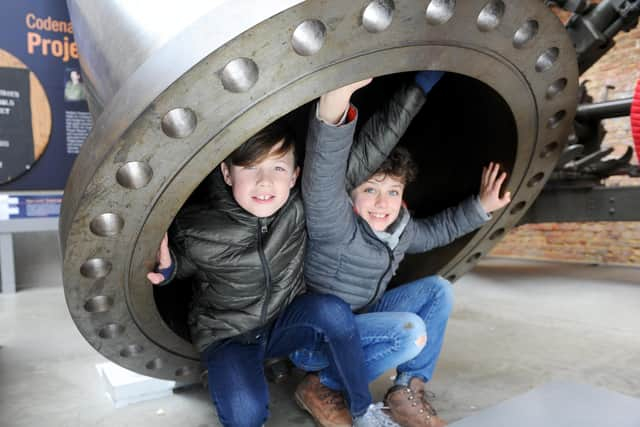

While the French invasion never materialised, Fort Nelson went on to play a significant role in the ensuing First and Second World Wars.
With the growing threat of German attack the fort was commissioned by the Ministry of Defence for the training of soldiers in the Royal Garrison Artillery. Soldiers became proficient in the loading of the 60lb breech-loading gun which was to prove an essential weapon during the conflict.
The onset of the First World War led to the fort being used as transit accommodation for military personnel destined for the front line.
Advertisement
Hide AdAdvertisement
Hide Ad‘The fort was filled with wooden huts and converted into barracks for soldiers heading to the Western Front,’ says Lizzie.
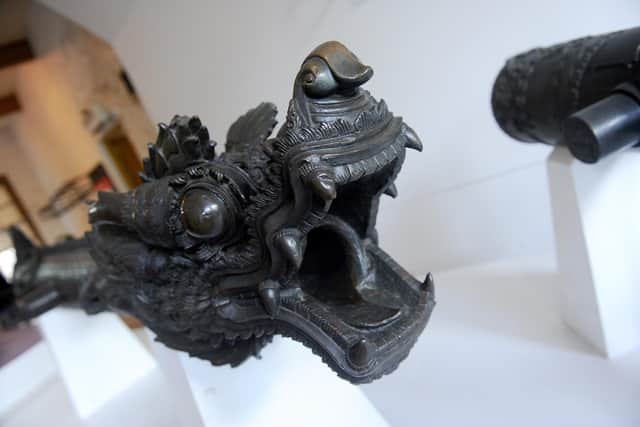

The accommodation, however, was not to everyone’s liking.
Writing in his diary, Private George Watson commented: ‘It’s like being in an opening hole. The cliffs rise up the grim old fort shutting out all sunshine but not the wind by any means.’
The onset of the Second World War saw the fort used not to house soldiers but more than 42,000 rounds of artillery ammunition.
‘Portsmouth was quite a target during the war,’ comments Lizzie.
Advertisement
Hide AdAdvertisement
Hide Ad